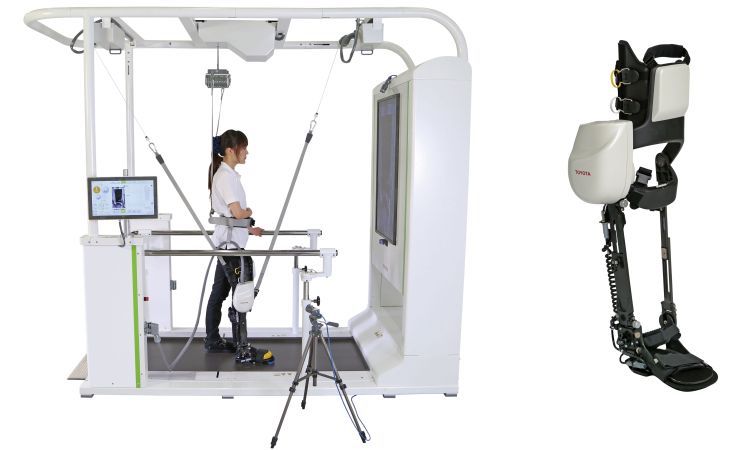Toyota’s Welwalk WW-1000 exoskeleton is designed to help those with paralysis on one side of their body walk again. The frame is worn on the affected leg, with a motor at the knee joint that...
Author's Posts
Verily’s health sensing research watch
The Verily Study Watch passively captures health data for continuous care platforms and clinical research. Key features described by the company include: Multiple physiological and environmental sensors are designed to measure relevant signals for...
CRISPR platform targets RNA and DNA to detect cancer, Zika
Broad and Wyss scientists have used an RNA-targeting CRISPR enzyme to detect the presence of as little as a single target molecule. SHERLOCK (Specific High Sensitivity Enzymatic Reporter UnLOCKing) could one day be used to respond to viral...
Apple reportedly developing non-invasive glucose monitor
CNBC’s Christina Farr has reported that Apple has been quietly developing a non-invasive, sensor-based glucose monitor. The technology has apparently advanced to the trial stage. Diabetes has become a global epidemic. Continuous monitoring, automatic insulin delivery,...
Solar powered, highly sensitive, graphene “skin” for robots, prosthetics
Professor Ravinder Dahiya, at the University of Glasgow, has created a robotic hand with solar-powered graphene “skin” that he claims is more sensitive than a human hand. The flexible, tactile, energy autonomous “skin” could be...
VR training to reduce falls in Parkinson’s, dementia
Tel Aviv University’s Jeff Hausdorff has created a virtual reality treadmill system in an attempt to prevent falls in Parkinson’s and dementia patients. Current interventions focus on improving muscle strength, balance and gait. By integrating motor planning,...
Future hearable sensors could track physical, emotional state
Apple has filed patent applications describing wireless earbuds that monitor health while a wearer talks on the phone or listens to music. This has obvious exercise-related implications, but could potentially track the physiological impact...
Soft, flexible “skin-like” electrodes could improve brain interfaces
Stanford professor Zhenan Bao‘s latest flexible electronic initiative is the development of a plastic electrode that stretches like rubber but carries electricity like wires. This could be improve implanted brain interfaces which require soft and highly sensitive...
Carbon electrode technique tracks dopamine in the brain
Michael Cima and MIT colleagues have developed a more precise tool to measure dopamine in the brain, to be able to study its role in in learning, memory, and emotion. The new carbon electrode based technique...
Thin, flexible, insulated sensor could monitor the heart for 70 years
Northwestern’s John Rogers has developed a sensor that can monitor electrical activity irregularities in the heart for 70 years. The sensor is much safer and more refined than current technology, which degrades easily, and can harm...









